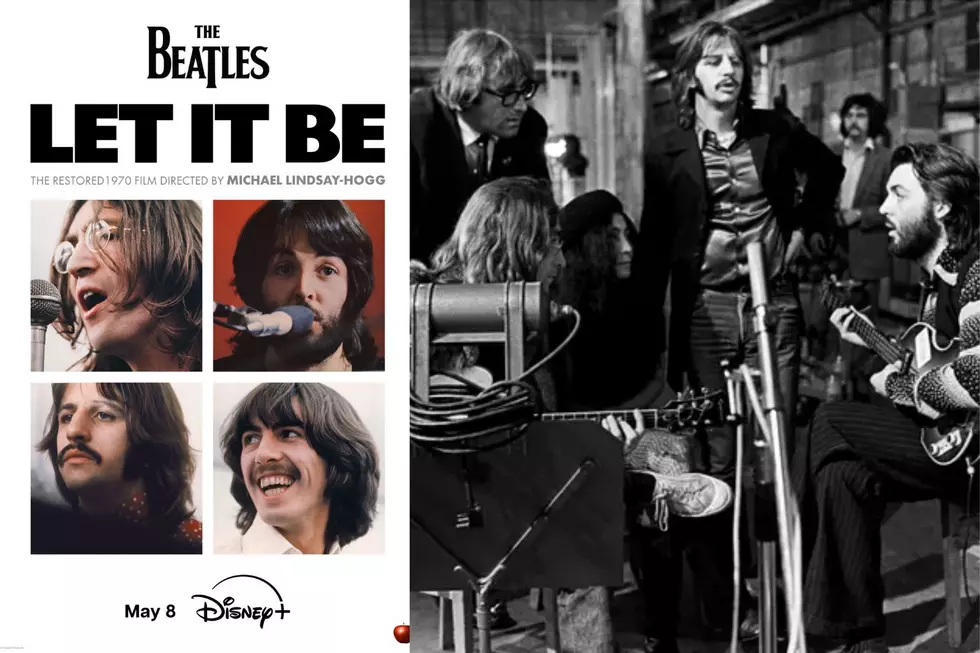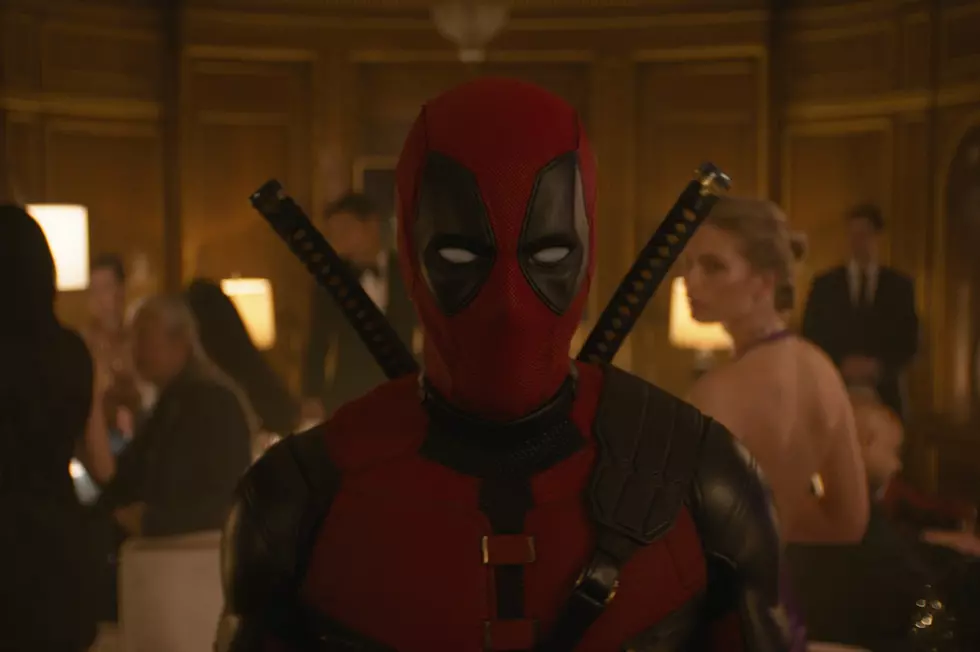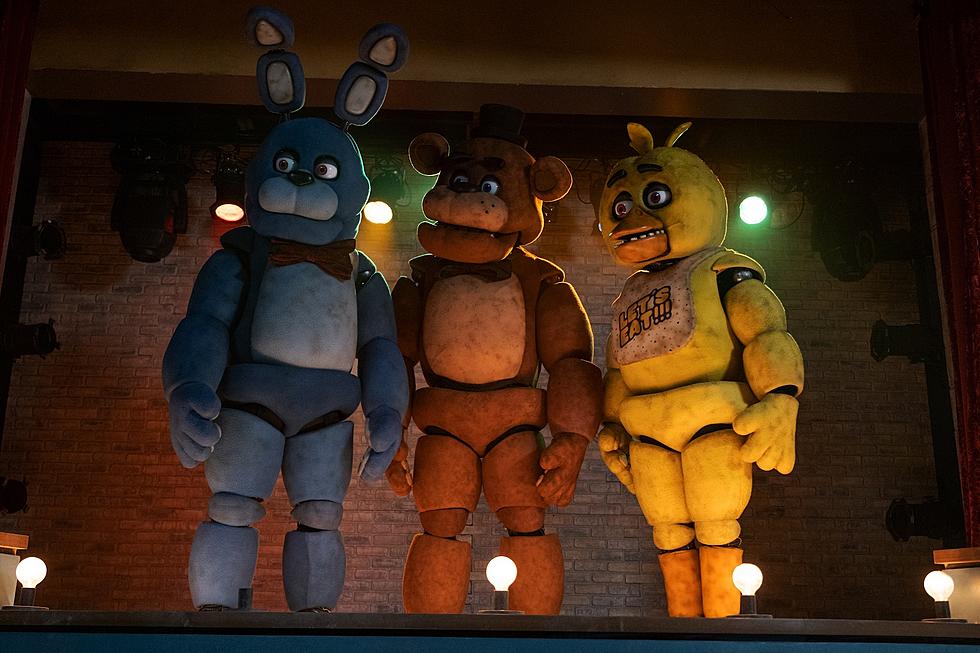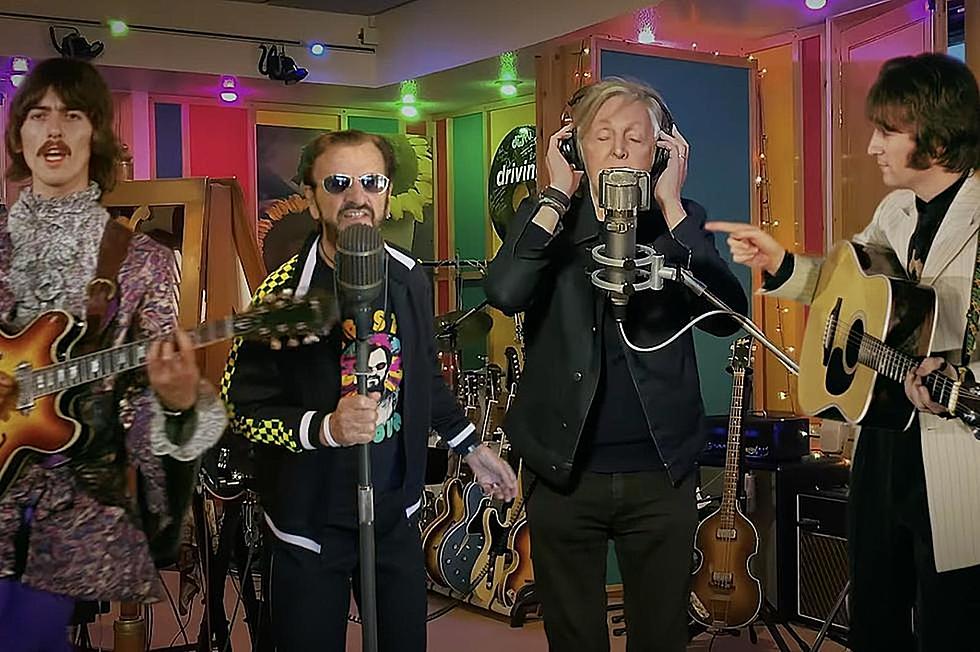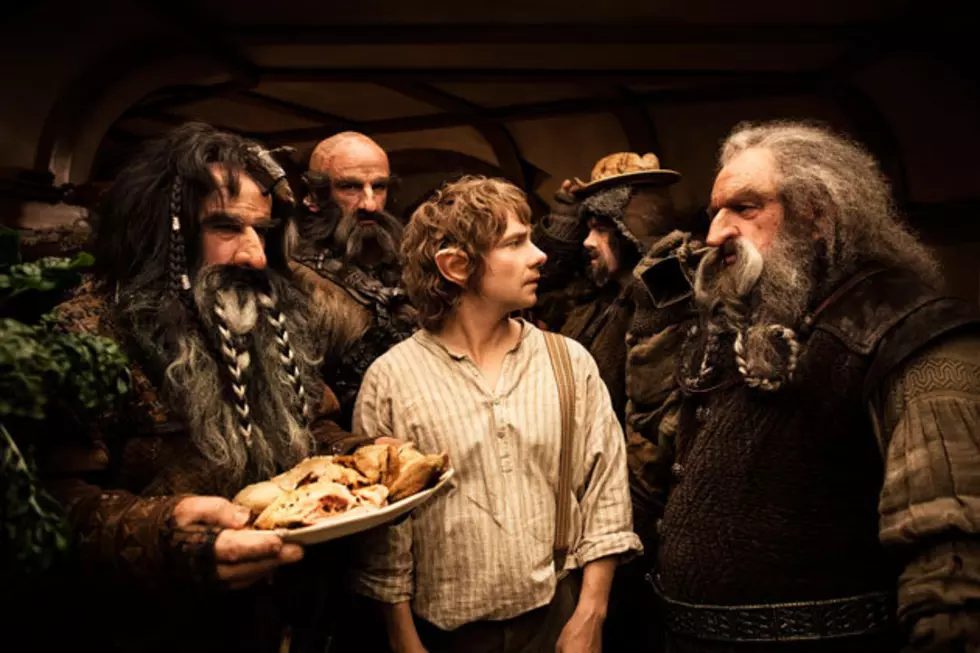
Can ‘The Hobbit’ and 48fps Change the Way We Watch Movies?
Today at CinemaCon, Warner Bros. and Peter Jackson premiered 10 minutes of footage from 'The Hobbit,' shown in the new 48 frames-per-second (fps) 3D method of filmmaking, a technique Jackson and friend James Cameron have championed as the next generation of moviegoing.
Today's reactions to the 48fps have been vocal and varied, from those focusing on the footage of 'The Hobbit' itself, to others complaining about the look of 48fps, which doubles the frame rate of the industry standard 24fps.
'The Hobbit' is the first film to use this new technology, and MarketWatch reports that in a pre-recorded introduction for the footage Jackson explained his interest in the technology and why he believes it's superior:
Shooting and projecting at 48 fps gives you the illusion that a hole has been cut in the wall of the cinema, and you're watching the story unfold with a heightened sense of reality. It's terrific for 3D; I've looked at the 48 fps dailies for 'The Hobbit: An Unexpected Journey' in 3D for over a year now, and with the reduction in strobing and flicker, it is a much more gentle experience on your eyes. 48 fps is not just limited to 3D. A film shot in 48 fps looks fantastic when projected in 2D, and converts well to 24 fps as well.
Basically, 48fps is more akin to how the human eye perceives the world, providing a film experience that feels more like "reality" instead of watching a movie. Some HD televisions use higher frame rates, eliminating blur, which many contend is a problem: not everything in the real world is presented to your vision with clarity -- when your eye focuses on something, other things in the background tend to blur, creating a foreground/background effect.
While the flexibility of the technology seems interesting with its ability to project in 2D and covert to 24fps, 48fps has the major problem of looking like video, which we've been trained to believe looks "cheap" in comparison to film. For a frame of reference, think of the distinct look of a soap opera. Most soap operas on television are shot on video, which carries with it a certain level of definition and clarity that you don't find with film.
Since we weren't there to see the footage ourselves, we took to Twitter to see what our colleagues were saying about today's presentation.
Josh Dickey of Variety and Steven Weintraub of Collider both noted that while they enjoyed the footage, 48fps is going to be a big change that not everyone will be on board with. With such a distinct visual change, if 48fps were to become the standard it would take time for audiences to acclimate.
Since 'The Hobbit' is the first film to use this emergent technology, it's difficult to say whether other filmmakers will follow suit. As Mike Bracken notes in this piece at Movies.com, the cost for theater chains to upgrade their projectors could come in at about $10,000 per projector. It's likely that the cost could be passed down to consumers, resulting in higher ticket prices. We already pay extra to see a film in 3D -- would we pay even more for a film with a higher frame rate? Would audiences embrace the technology?
Devin Faraci of Badass Digest commented, "'The Hobbit,' frankly, did not look cinematic," and followed that up with, "Listening to CinemaCon people - theater owners - this 48fps demo sold NOBODY."
Amy Nicholson of Box Office Magazine says, "'The Hobbit' footage reminded me of watching 'Better Off Dead' on a hi-def tv. It's better, yet worse. But I think it'll look great by release."
Weintraub later added, "48fps makes it look like you're almost watching real life [and] not a movie. It's a massive change. Positive is the 3D has much less eye strain."
The biggest issue after the 48fps presentation seems to be the "reality" feel of the footage, and for a high fantasy film, that can be problematic. People flock to the theater to escape reality for a couple of hours, not feel like that fiction has become real. It's a tricky conceit as filmmakers are constantly looking for ways to innovate the filmmaking process to excite audiences, but is making a movie that looks like a soap opera or, as Faraci says, "behind the scenes video footage," the way to go?
We'll find out on December 14 when 'The Hobbit: An Unexpected Journey" hits theaters.
More From ScreenCrush
